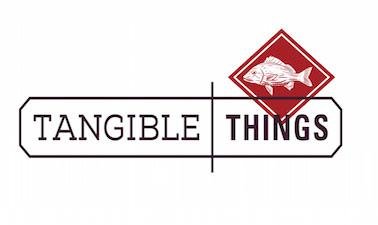
Tangible Things: Discovering History Through Artwo
Have you ever wondered about how museum, library, and other kinds of historical or scientific collections all come together? Or how and why curators, historians, archivists, and preservationists do what they do? In Tangible Things , you will discover how material objects have shaped academic disciplines and reinforced or challenged boundaries between people. This course will draw on some of the most fascinating items housed at Harvard University, highlighting several to give you a sense of the power of learning through tangible things. By “stepping onto” the storied campus, you and your fellow learners can explore Harvard’s astonishing array of tangible things—books and manuscripts, art works, scientific specimens, ethnographic artifacts, and historical relics of all sorts. The University not only owns a Gutenberg bible, but it also houses in its collections Turkish sun dials, a Chinese crystal ball, a divination basket from Angola, and nineteenth-century “spirit writing” chalked on a child-sized slate. Tucked away in storage cabinets or hidden in closets and the backrooms of its museums and libraries are Henry David Thoreau’s pencil, a life mask of Abraham Lincoln, and chemicals captured from a Confederate ship. The Art Museums not only care for masterpieces of Renaissance painting but also for a silver-encrusted cup made from a coconut. The Natural History Museum not only preserves dinosaur bones and a fish robot but an intact Mexican tortilla more than a century old. In the first section of the course, we will consider how a statue, a fish, and a gingham gown have contributed to Harvard’s history, and you will learn the value of stopping to look at the things around you. In the next section, we will explore some of the ways people have brought things together into purposeful collections to preserve memory, promote commerce, and define culture.
Offered By: HarvardX
Course Duration: 10 Weeks
-
₹ 3,619
